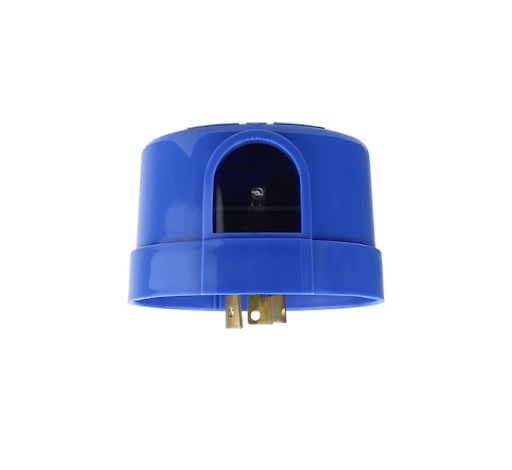Installation Tips for Photocell Sensors in Outdoor Lighting Systems

As outdoor lighting becomes increasingly important for safety, security, and aesthetics, the integration of technology into lighting systems is a game changer. One of the most effective ways to enhance outdoor lighting is by using a photocell sensor for outdoor lighting. This device automatically turns lights on at dusk and off at dawn, ensuring your outdoor areas are well-lit when needed without wasting energy during daylight hours. If you’re considering adding a photocell sensor to your outdoor lighting system, here are some essential installation tips to guide you.
1. Choose the Right Photocell Sensor
Before you start the installation process, it’s crucial to choose the right photocell sensor for outdoor lighting. Consider the following factors:
- Compatibility: Ensure the photocell is compatible with your existing outdoor lighting system. Some sensors are designed specifically for outdoor LED lights, while others may work with different types of fixtures.
- Sensitivity: Look for sensors that allow you to adjust the sensitivity settings. Some models can be fine-tuned to detect light levels more accurately, making them ideal for various environments.
- Durability: Since the sensor will be exposed to the elements, choose a model that is weatherproof and built to withstand harsh outdoor conditions.
2. Plan the Installation Location
The location where you install the photocell sensor is critical for optimal performance. Here are some tips for selecting the best spot:
- Avoid Obstructions: Choose a location that is free from obstructions such as trees, buildings, or fences that might block sunlight during the day.
- Height: Install the sensor at a height that minimizes interference from objects that could cast shadows, which might cause it to activate prematurely or remain off too long.
- Orientation: Position the sensor so that it faces north or away from direct sunlight. This will help reduce false triggers caused by sunlight reflections or bright lights.
3. Follow the Manufacturer’s Instructions
Each photocell sensor may have specific installation guidelines, so it’s essential to read and follow the manufacturer’s instructions carefully. This will help ensure a smooth installation process and guarantee the sensor operates effectively. Pay attention to the following:
- Wiring Instructions: Make sure you understand the wiring requirements for your specific sensor. Incorrect wiring can lead to malfunction or damage.
- Installation Steps: Follow the step-by-step instructions provided, which may include mounting the sensor and connecting it to your outdoor lighting system.
4. Test the Sensor
After installation, it’s important to test the photocell sensor to ensure it functions correctly. Here’s how to do it:
- Wait for Dusk: Allow the sensor to go through a full day-night cycle to see if it activates the lights as intended.
- Cover the Sensor: To test the sensor manually, cover it with a dark cloth or your hand to simulate darkness. The lights should turn on shortly after covering the sensor.
- Remove the Obstruction: Uncover the sensor to ensure that the lights turn off when the ambient light returns.
5. Maintain Your Outdoor Lighting System
Regular maintenance is essential to keep your outdoor lighting system functioning efficiently. Here are some maintenance tips:
- Clean the Sensor: Dust, dirt, or debris can accumulate on the sensor, reducing its sensitivity. Clean the sensor periodically with a soft cloth to ensure optimal performance.
- Check Connections: Inspect the wiring and connections periodically to ensure there are no loose or corroded wires.
- Replace Bulbs: For systems using incandescent or halogen bulbs, regularly check and replace burnt-out bulbs to maintain consistent lighting.
Conclusion
Installing a photocell sensor for outdoor lighting can significantly improve the functionality and efficiency of your outdoor lighting system. By following the tips outlined above, you can ensure a successful installation that maximizes the benefits of this innovative technology. With the right setup, your outdoor spaces will remain well-lit and secure while saving energy, making your home safer and more inviting. Whether you’re using traditional fixtures or outdoor lights LED, a photocell sensor is a smart addition to any lighting system.




